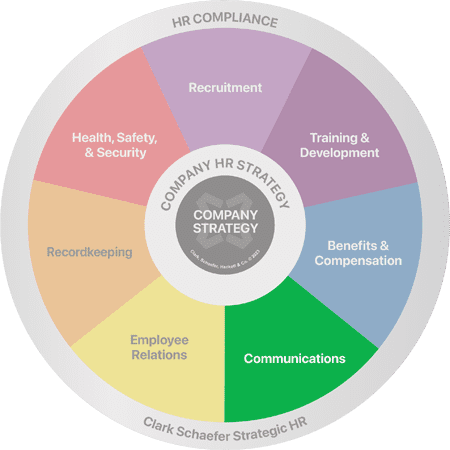Improving the Flow of Communication
Last Updated on November 28, 2017 / Communications
Question:
Until recently I thought we did a good job of communicating with our employees, but now I’m getting blind-sided with issues that I had no idea were brewing and it is obviously affecting productivity. How can I improve the flow of communication?
Answer:
As you have learned, the role of communication in the workplace is vital. We often take communicating with employees for granted, while communicating with our customers, vendors and stakeholders often takes center stage. A complaint I often hear is that management communicates to employees, but there is no two-way communication back – the employees aren’t sharing information upward to management. Sometimes it’s because employees don’t want to appear as if like they can’t do their job or are incompetent. Employees also might think that they won’t be listened to – they aren’t high enough in the hierarchy for their suggestions or complaints to matter.
What’s the problem? You might want to create a small survey to find out what’s happening in your company to cause the recent communication conflict. Maybe it’s only a few isolated incidences or it could be something bigger. It will help you determine if there are any obvious quick fixes. If a survey is not an option right now, you might also ask yourself if management is doing anything out of the norm that might be causing the new communication problems. Have you recently added or changed management? Could the new managers have a different communication style from a previous manager? Do managers actively listen when an employee has a problem? Is criticism the first reaction to a question? How management reacts to employee communication will determine how open the communication remains.
How To Fix It? You need to take steps to make sure employees know that their opinions, suggestions and questions are extremely important and are welcomed. If you haven’t already, provide your employees with easy ways to communicate with management and then communicate what they are. If there have been recent changes, employees might not know how to communicate (or to whom), so spelling that out first is important. Two-way communication takes trust, so if that trust has been destroyed (or was never present) you’ll need to do some work to get the trust factor built up between your employees and management. It will take some time and effort, so don’t be discouraged.
Are you frustrated by complaints that you don’t provide enough communication, even though you feel you are sharing more than enough? Communicating with your workforce can seem be tough – factor in multiple shifts, various locations, off-site employees and a multi-generational workforce and you quickly learn that providing adequate communication to everyone you employ isn’t so easy. Strategic HR has years of experience formulating communications for a variety of situations. Visit our Communications page to learn how we can assist you with your tough communication problems.




